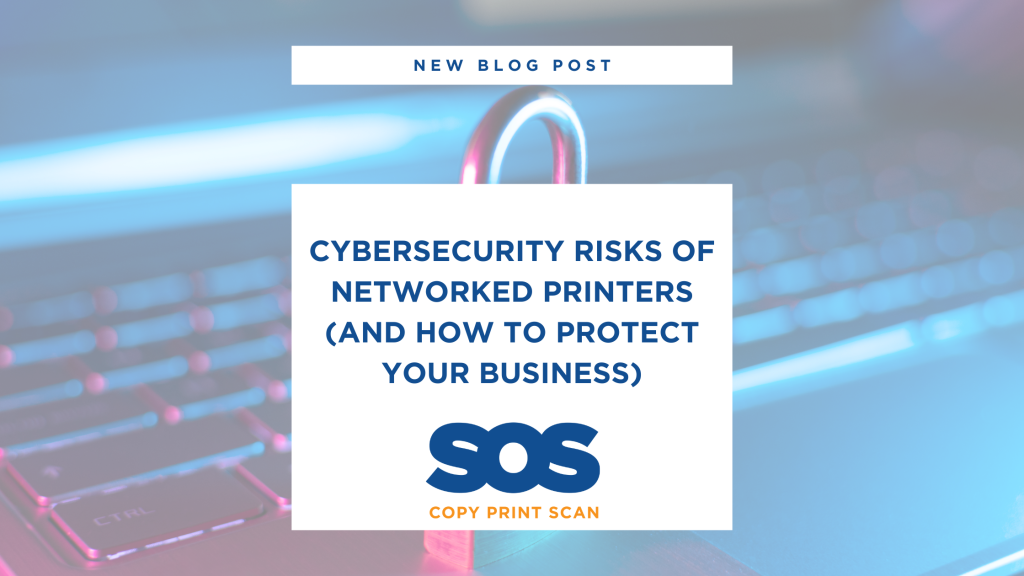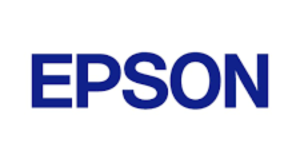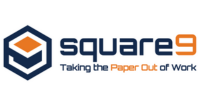When most businesses think about cybersecurity, the first things that come to mind are firewalls, antivirus software, and employee training. Yet one critical area often overlooked is the office printer. Modern multifunction printers (MFPs) are no longer just standalone devices—they’re connected to networks, integrated with email systems, and linked to cloud storage. This connectivity brings convenience, but it also introduces new vulnerabilities.
In fact, cybersecurity risks of networked printers are increasingly on the radar for IT professionals, with studies showing that a significant number of breaches originate from unsecured print environments. For businesses, ignoring this risk can mean exposing sensitive data, disrupting operations, and even facing regulatory penalties.
Why Printers Are a Security Risk
Printers and MFPs act like computers. They have hard drives, operating systems, and the ability to store, transmit, and process data. Every time a document is printed, copied, scanned, or emailed, data passes through the device. Without the right protections in place, this information can be intercepted or accessed by unauthorised users.
Some of the most common risks include:
- Data leakage: Documents sent to printers may be intercepted if the device is not encrypted. Additionally, cached copies stored on the printer’s hard drive can remain accessible long after the job is complete.
- Unauthorised access: Printers connected to networks can be exploited by hackers as entry points to wider IT systems. Once inside, attackers may escalate their access across the business.
- Malware infections: Just like computers, printers can be targeted with malware or ransomware, potentially bringing business operations to a standstill.
- Unclaimed print jobs: Sensitive documents left sitting in the output tray present a physical security risk, particularly in shared office environments.
The Business Impact of Ignoring Print Security
The consequences of overlooking printer security go beyond minor inconveniences. A compromised device could lead to:
- Financial losses: From costly downtime to fines for non-compliance with regulations such as GDPR, the financial impact can be severe.
- Reputational damage: Clients expect businesses to protect their data. A breach through something as avoidable as an unsecured printer can erode trust quickly.
- Operational disruption: Malware-infected devices can halt workflows, affecting productivity and service delivery.
By underestimating the cybersecurity risks of networked printers, organisations risk opening the door to threats that are entirely preventable with the right strategy.
How to Protect Your Business
The good news is that securing your print environment doesn’t need to be complicated. With a proactive approach, you can reduce risks while still enjoying the benefits of connected devices.
Here are some key steps:
1. Enable Real-Time Antivirus Scanning
Modern multifunction printers, such as those from Develop, now allow the integration of advanced antivirus solutions like Bitdefender®. Real-time scanning protects against malware, ransomware, and other malicious code, ensuring threats are blocked before they can spread.
2. Implement Secure Print Release
This feature ensures that the device releases print jobs only after the authorised user authenticates. It eliminates the risk of leaving sensitive documents unattended in output trays.
3. Encrypt Data in Transit and at Rest
You should encrypt all data sent to and stored on a printer. This encryption ensures that even if someone intercepts the information, they cannot read or misuse it.
4. Keep Firmware Updated
Manufacturers regularly release updates to patch vulnerabilities. Ensuring your devices are always up to date is an essential layer of protection.
5. Use Print Management Software
Solutions such as Square9 and PowerRetrieve give businesses greater visibility and control over their print environment. With user authentication, tracking, and reporting, you can monitor usage, prevent unauthorised access, and reduce waste.
6. Partner with a Managed Print Services Provider
Working with a trusted partner like SOS Group provides peace of mind. By outsourcing print management, you gain access to expert monitoring, proactive maintenance, and advanced security measures built into your office technology strategy.
Why Print Security Matters More Than Ever
Cyberattacks are becoming more frequent and more sophisticated, with a global attack taking place every 39 seconds. While many organisations have invested heavily in network and endpoint protection, printers remain a weak link if left unsecured.
As hybrid working models continue and more employees rely on connected devices, securing every entry point is vital. Networked printers are no exception. By addressing these risks now, businesses can safeguard sensitive data, avoid costly breaches, and build stronger trust with clients and stakeholders.
Printers may not be the first devices that come to mind when thinking about cyber threats, but they represent a real and growing risk. Organisations can effectively manage the significant cybersecurity risks of networked printers by using the right mix of technology, policies, and expert support.
At SOS Group, we specialise in helping businesses secure their office technology environments. From advanced antivirus scanning to managed print services and ongoing support, we ensure your print infrastructure is efficient, cost-effective, and safe.
To learn more about how we can help protect your business, visit our Copy Print Scan Solutions page or get in touch with our team today.














